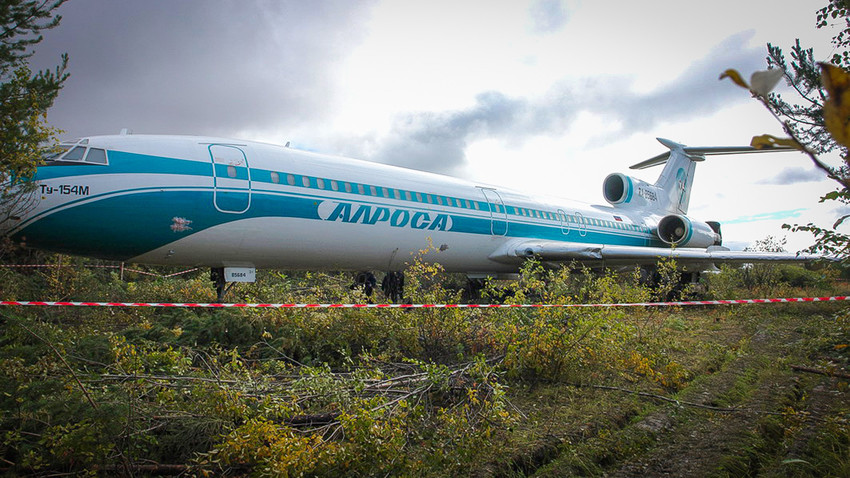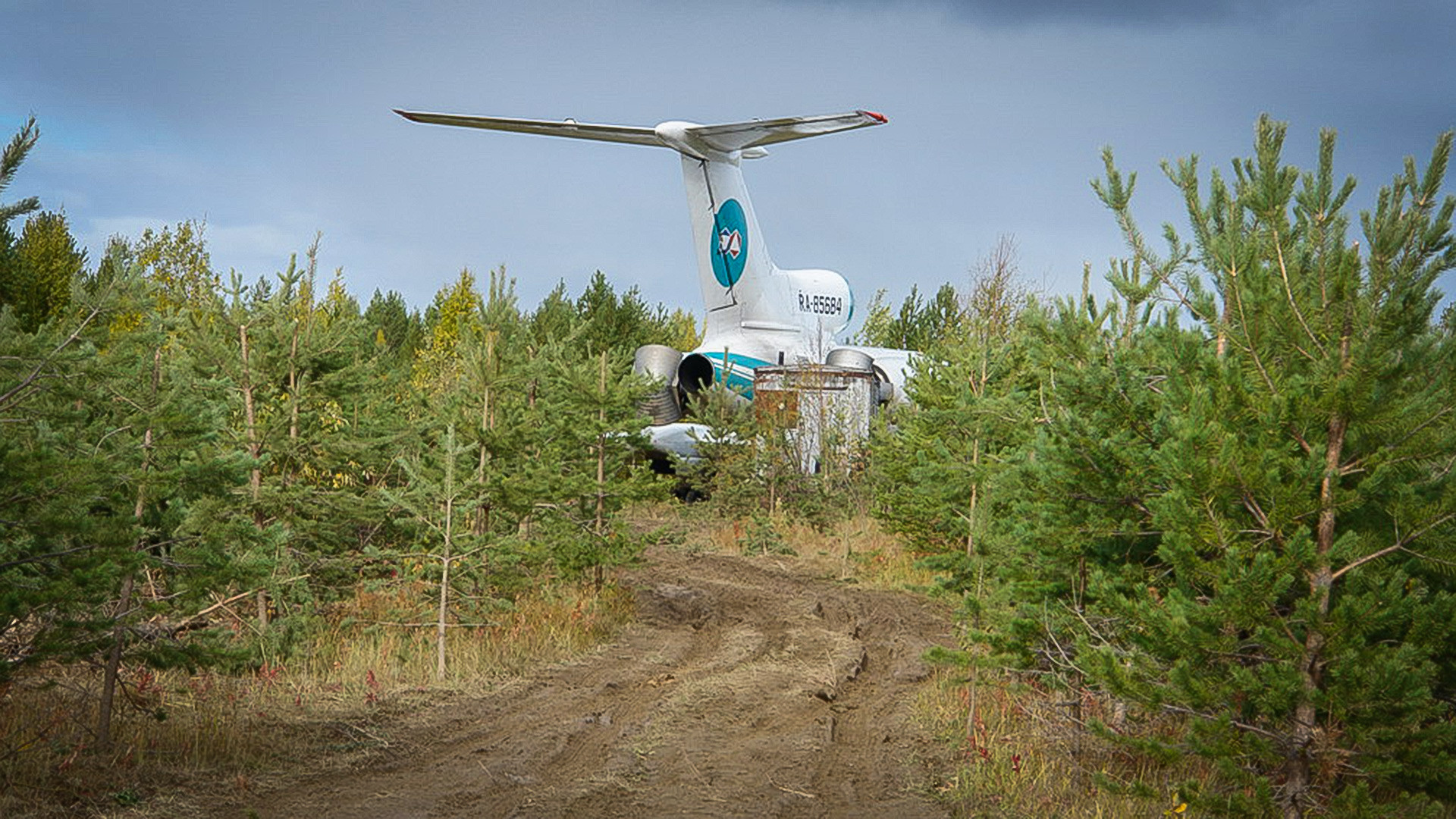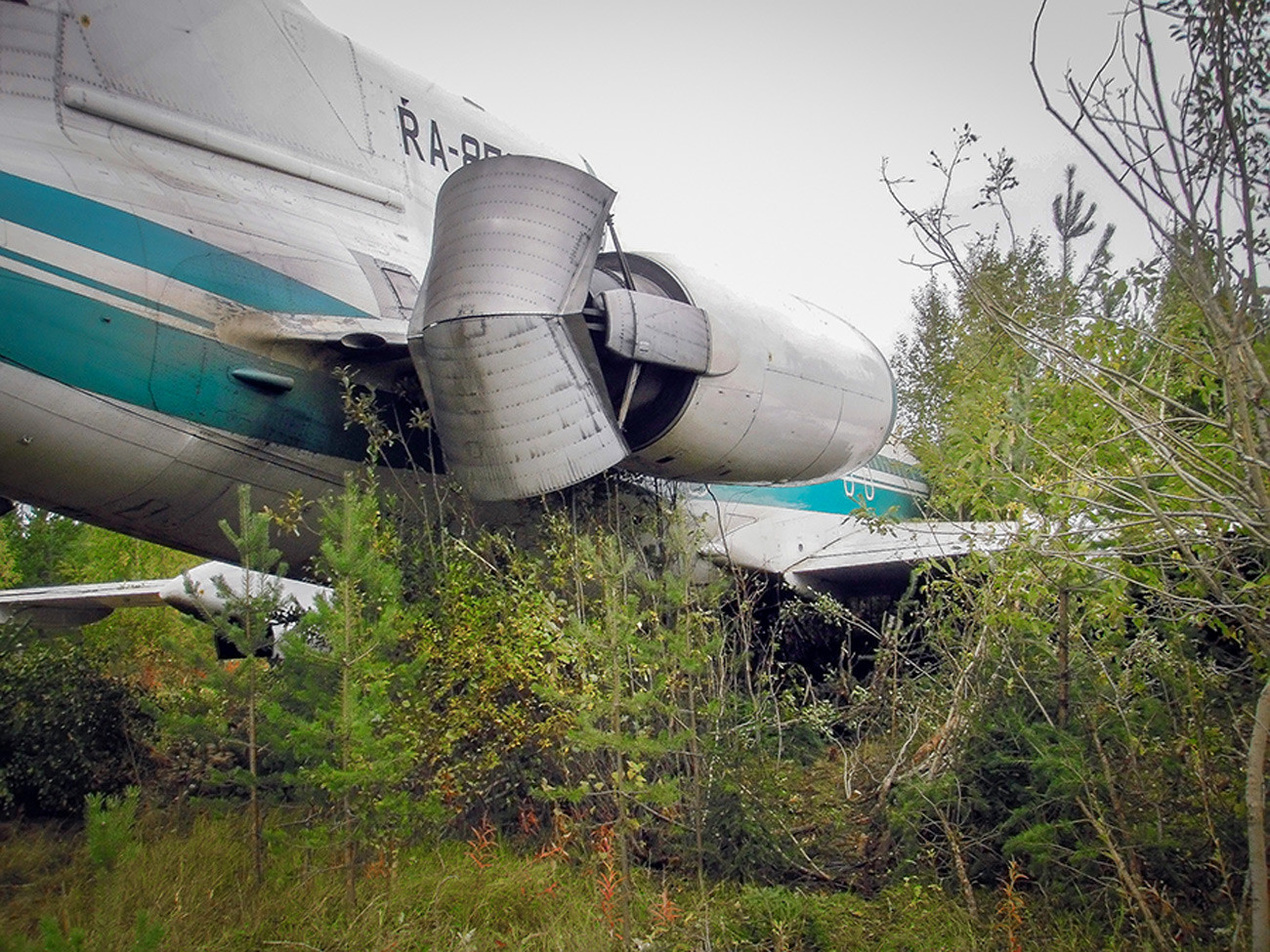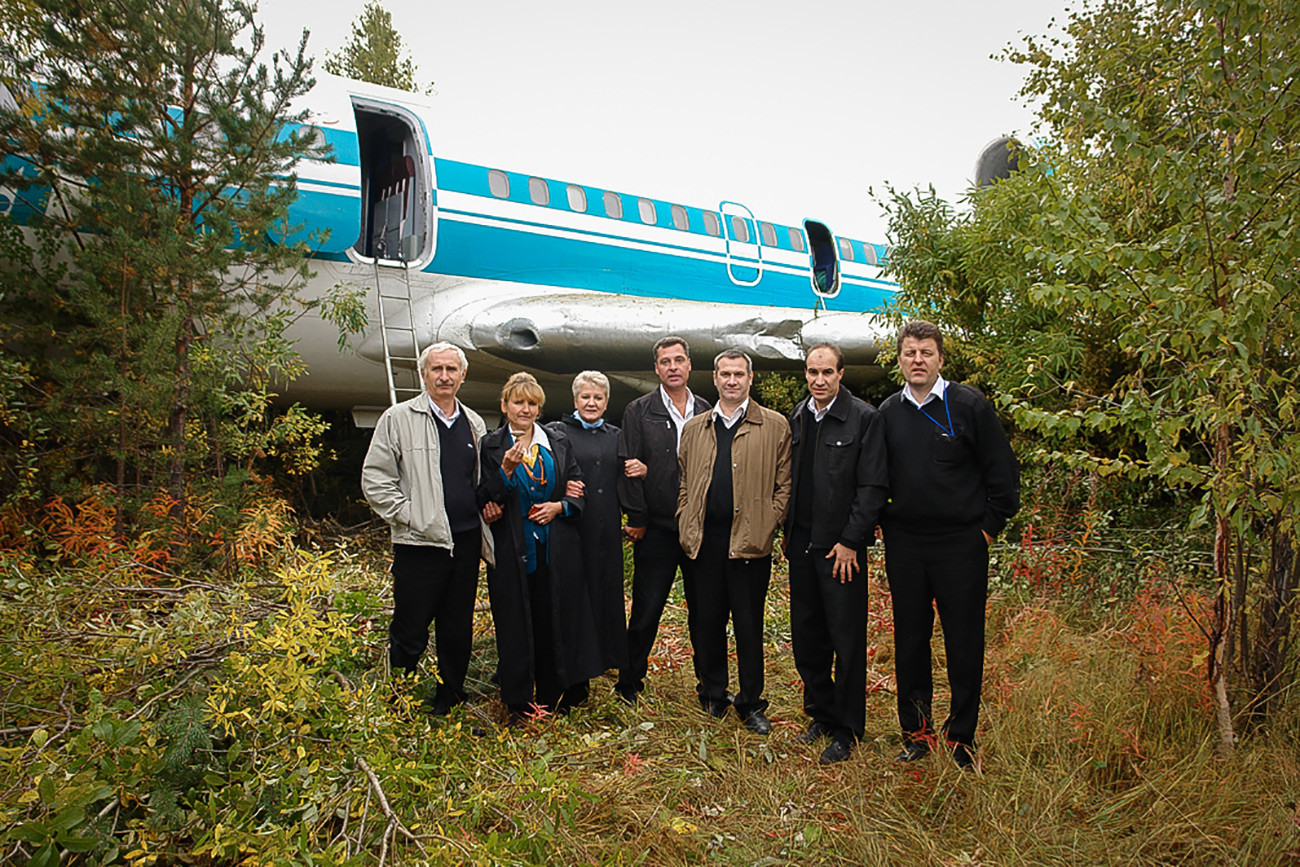How one man unknowingly saved all onboard a TU-154 from certain death

Sept. 7, 2010: It was an ordinary civilian flight on an Alrosa Airline’s TU-154. Almost all the passengers, 72 people, were flying from Yakutia to Moscow for their vacation. After the cabin crew dished out food and drinks many of the
It was 6:57 a.m. The plane was flying at an altitude of 10,600 meters over the taiga.
“I wasn’t sleeping and I noticed that the plane was going down, although it was still too early to be decreasing altitude for Moscow. I looked out the window and saw a forest. But we couldn’t have returned?” remembers Andrei Kondratiev, one of the passengers. “That meant something was going on. That is when the flight attendant came. He said that there would be an emergency landing and that everyone needed to get into the brace position. My three-year-old child was sleeping on my knees. My wife was next to me. We braced.”
The accident
According to captain Evgeny Novoselov, the first thing that stopped functioning was the autopilot. Almost immediately

"You can do what you want, but in 30 minutes the engines will turn off".
Mikhail Melnichuk/SputnikIt was cloudy that morning and the pilots could not see the ground. “There’s no electricity, the pumps are not working. You can do what you want, but in 30 minutes the engines will turn off. The only thing left to do is dive into the clouds and land blindly,” he remembers.
They were lucky. There was an opening of light in the clouds and the pilots saw a river and a forest. It’s possible to land such a plane on water but the chances of surviving are not great. Then they saw a runway.
“I thought I was hallucinating,” Novoselov admits

Plane slid off the runaway and for 164 meters ploughed the ground.
TASSA single person in the forest
No one out of the 81 people aboard was injured. Soon firemen and doctors appeared on the scene. People slid down the inflatable chutes and could not believe they were alive
“Me? I just didn’t allow anyone to ride on the runway. Most people rode horses here. Manure falls, dries up, the helicopter creates wind, everything flies into your eyes. This isn’t good… Or a log falls down, it lies around. People throw bottles…

A crew of the system failure Tupolev-154 passenger liner.
Mikhail Melnichuk/SputnikFor this
What happened to the TU-154?
A commission determined that the cause of the accident was the thermal speedup of the engine, a phenomenon that leads to a short circuit and the shutdown of all onboard electronics.
After the
Then it was repaired and in 2011 the airline from Yakutia returned the plane to the fleet, so the Soviet TU-154 that flew in the 1970s is still making flights between Yakutia and Moscow.
If using any of Russia Beyond's content, partly or in full, always provide an active hyperlink to the original material.
Subscribe
to our newsletter!
Get the week's best stories straight to your inbox